Hamsters have long been a popular choice as pets, especially for families and individuals who want a low-maintenance, small, and relatively low-cost companion. These tiny rodents are known for their adorable appearance and inquisitive behavior, making them appealing to both children and adults. However, like any pet, hamsters come with their own set of characteristics and care requirements. In this extensive exploration of the topic, we’ll discuss whether hamsters make good pets, considering various aspects of hamster ownership.
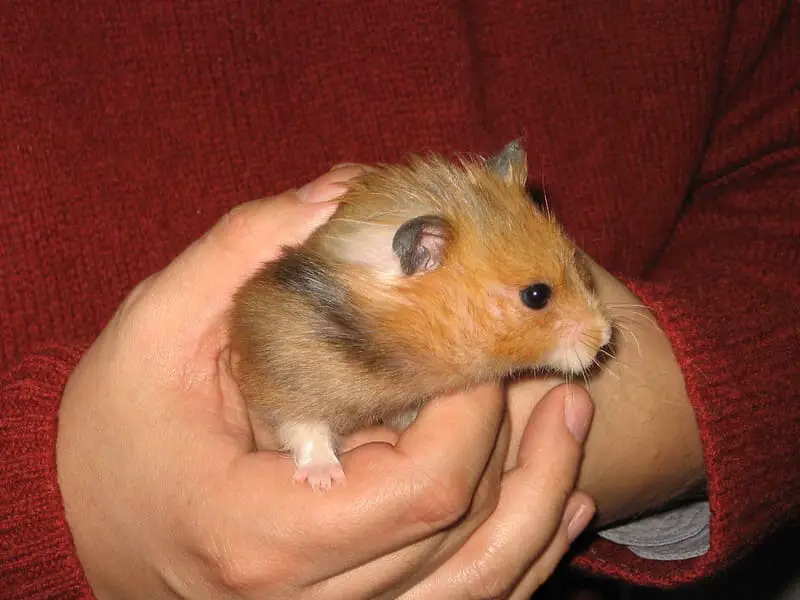
1. The Appeal of Hamsters as Pets
Hamsters are often chosen as pets for several compelling reasons:
1.1. Size and Low Space Requirements
One of the primary attractions of hamsters is their small size. They are easily accommodated in a modest living space, such as a cage or terrarium. This makes them an excellent choice for individuals living in apartments or houses with limited space.
1.2. Low Maintenance
Compared to many other pets, hamsters are relatively low-maintenance. They don’t need grooming like dogs or cats, and their cages require minimal cleaning. Hamsters are also independent animals and don’t require constant attention, making them suitable for people with busy schedules.
1.3. Affordability
Hamsters are affordable pets, making them accessible to a wide range of individuals and families. Their initial cost is relatively low, and their ongoing expenses are generally less than those associated with larger pets.
1.4. Attractive Appearance
Hamsters are undeniably cute, with their round bodies, furry coats, and endearing whiskers. Their small size and twitching noses can captivate the hearts of those who appreciate their charming appearance.
1.5. No Allergies
Unlike some other pets, hamsters are unlikely to trigger allergies in people. Their fur and dander are not major allergens, which can be a significant advantage for those with allergies.
1.6. Fascinating Behavior
Hamsters are known for their entertaining and curious behavior. Watching a hamster explore its environment, run on a wheel, and store food in its cheeks can be highly enjoyable and educational.
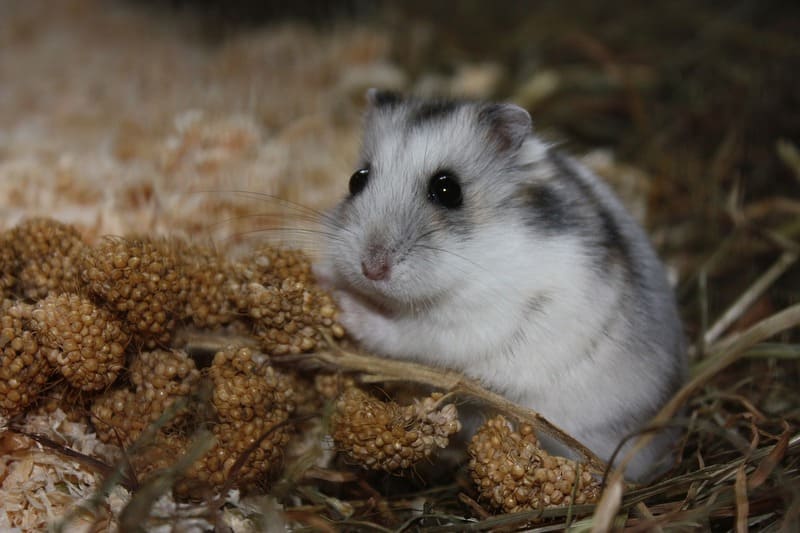
2. The Challenges of Hamster Ownership
While hamsters have their appeal, it’s essential to be aware of the challenges and considerations associated with owning them as pets:
2.1. Nocturnal Behavior
Hamsters are nocturnal animals, meaning they are most active during the night. This can be a disadvantage for individuals who desire a pet with daytime activity or those who need a quiet environment during the night. The noise of a hamster running on a wheel, chewing, or burrowing in bedding can disturb light sleepers.
2.2. Limited Social Interaction
Hamsters are generally solitary animals and can become stressed or aggressive when housed together. While some species tolerate brief social interaction, like dwarf hamsters, they are not known for forming strong bonds with their owners. Therefore, if you’re seeking a highly social and interactive pet, hamsters may not be the best choice.
2.3. Short Lifespan
Hamsters have a relatively short lifespan, typically living for about two to three years. This may be a disadvantage for those seeking a long-term companion or a pet with a longer life expectancy.
2.4. Escape Artists
Hamsters are skilled escape artists. They can fit through tiny openings and cracks, making it essential to have a secure enclosure. Escaped hamsters can be challenging to find, especially if they roam in a household with many hiding places.
2.5. Health Concerns
Hamsters can be prone to various health issues, such as dental problems, respiratory infections, and wet tail (a severe gastrointestinal disease). While not all hamsters will experience health problems, it’s crucial to be prepared for potential veterinary expenses and the responsibility of providing proper medical care.
2.6. Short Temperament
Hamsters may have a short temperament, and they can become nippy or bite if they feel threatened or are not accustomed to human interaction. Socializing them from a young age is crucial to ensure they are comfortable around humans.
2.7. Short Activity Periods
Hamsters have relatively short periods of activity, usually occurring during the evening and night. If you work long hours during the day, you might miss the most active and engaging times of your hamster’s day.
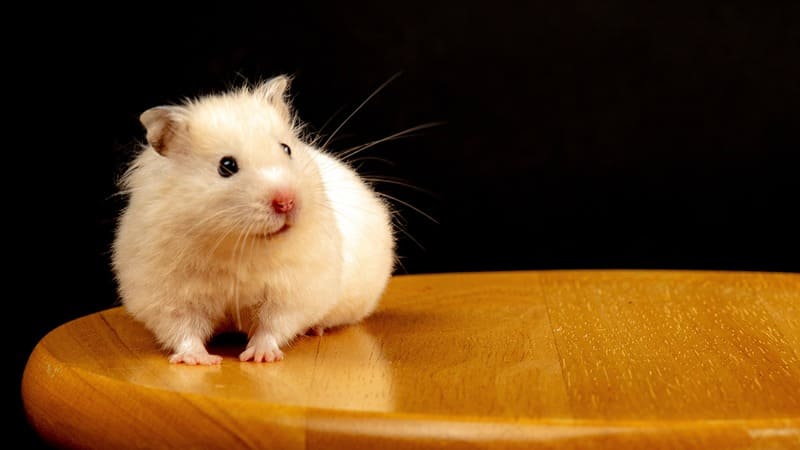
3. The Different Species of Hamsters
When considering whether hamsters make good pets, it’s important to recognize that there are several species of hamsters commonly kept as pets, each with its own characteristics. The most common species include:
3.1. Syrian Hamsters (Golden Hamsters)
Syrian hamsters are one of the most popular hamster species kept as pets. They are larger than other hamster species, making them easier to handle and interact with. Syrians are solitary creatures and must be housed alone to avoid conflicts. They come in various coat colors and patterns, adding to their appeal. Syrian hamsters are generally friendly and can become quite tame with proper handling.
3.2. Dwarf Hamsters
Dwarf hamsters are smaller and more social than Syrian hamsters. Popular dwarf hamster species include the Roborovski, Campbell’s, and Winter White hamsters. These species are known for their social nature and can be kept in same-sex pairs or small groups, given the right conditions. Dwarf hamsters are more interactive and enjoy human interaction, making them suitable for people looking for a more engaging pet.
3.3. Chinese Hamsters
Chinese hamsters are similar in size to dwarf hamsters but are not as commonly kept as pets. They are generally kept alone due to their solitary nature. Chinese hamsters have a more skittish temperament compared to some other hamster species, making them less ideal for handling.
3.4. Roborovski Hamsters
Roborovski hamsters are the smallest of all hamster species and are known for their incredible speed and agility. They are highly social and can be kept in same-sex pairs or small groups. Roborovski hamsters are generally not as interactive with humans as other hamster species, and they can be challenging to handle.
3.5. Campbell’s and Winter White Hamsters
Campbell’s and Winter White hamsters are similar in size and behavior. They are social and can be kept in same-sex pairs or small groups. These species are relatively active and can become tame with consistent handling.
Each hamster species has its unique characteristics, so when deciding if hamsters make good pets, consider the species that aligns with your preferences and lifestyle.
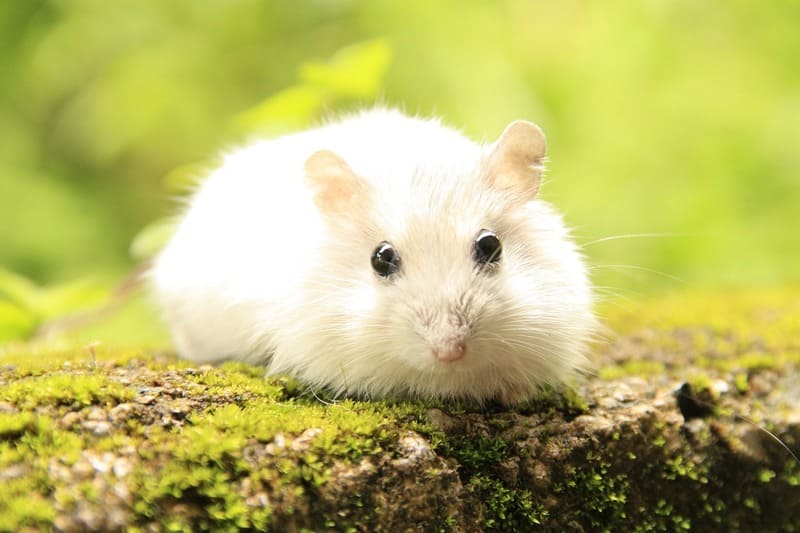
4. The Pros and Cons of Hamster Ownership
Let’s explore the advantages and disadvantages of owning hamsters as pets in more detail:
4.1. Pros of Hamster Ownership
Low Cost
Hamsters are affordable pets to purchase and care for. Their initial costs, including the price of the hamster, cage, and supplies, are relatively low compared to other pets.
Low Space Requirements
Hamsters are small animals that don’t require a significant amount of living space. A suitable cage or enclosure can easily fit into most homes.
Low Maintenance
Hamsters are generally low-maintenance pets. Their cages need regular cleaning, but this is a manageable task. They are independent animals and don’t require constant attention.
Short Lifespan
For those who may be hesitant about making a long-term commitment to a pet, the relatively short lifespan of hamsters (usually two to three years) can be seen as a pro.
No Allergies
Hamsters are unlikely to cause allergies in most people, making them a good choice for those with allergies to pet dander.
Quiet
Hamsters are generally quiet animals. While they may make some noise when running on their wheels or chewing, it is not typically disruptive.
Independent
Hamsters are independent animals and do not require constant companionship. They are well-suited for people with busy schedules.
4.2. Cons of Hamster Ownership
Nocturnal Behavior
Hamsters are most active during the night, which can be a disadvantage for people who prefer pets that are active during the day.
Limited Social Interaction
Hamsters are not highly social animals, and they are not known for forming strong bonds with their owners. They are generally kept for observation rather than interaction.
Short Lifespan
The short lifespan of hamsters can be a con for those who desire a long-term companion.
Escape Artists
Hamsters are skilled at escaping from enclosures, making it necessary to provide a secure living environment.
Health Concerns
Hamsters can be prone to various health issues, and veterinary care may be required, resulting in additional expenses.
Short Temperament
Hamsters may bite or become aggressive if they feel threatened or are not socialized properly.
Short Activity Periods
Hamsters have relatively short periods of activity, which may not align with the schedules of potential owners.
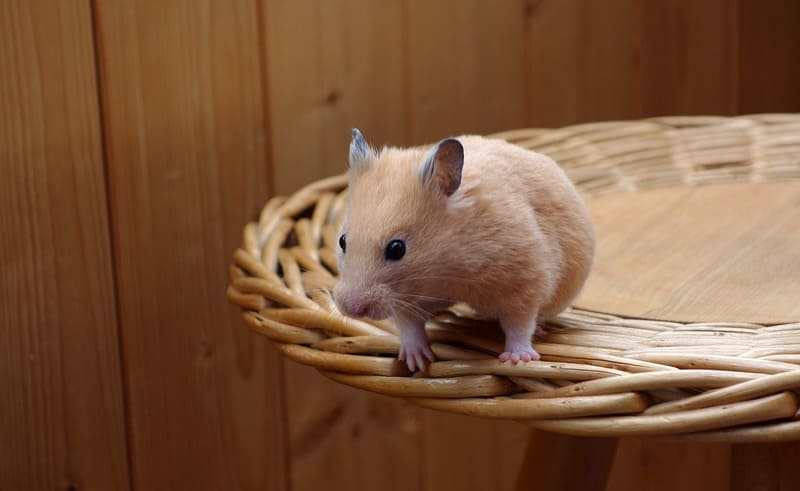
5. Considerations for Prospective Hamster Owners
If you are considering owning a hamster, it’s essential to take specific factors into account to ensure that you and your pet have a positive experience:
5.1. Do Your Research
Before bringing a hamster into your home, research their care requirements, including diet, habitat, and exercise. Understanding what hamsters need is the first step in providing them with proper care.
5.2. Choose the Right Species
Select the hamster species that aligns with your preferences and lifestyle. Consider whether you prefer a more social or solitary species and whether you can accommodate their activity schedule.
5.3. Secure Housing
Invest in a suitable hamster habitat that provides enough space, proper ventilation, and security. Ensure it is escape-proof to prevent your hamster from getting lost in your home.
5.4. Socialization
If you want to have some interaction with your hamster, work on socializing them from a young age. Frequent, gentle handling can help your hamster become more comfortable around humans.
5.5. Health Care
Understand that hamsters can develop health issues, and you should be prepared for potential veterinary expenses. Regular health check-ups and proper diet can help prevent some health problems.
5.6. Nighttime Activity
Consider whether the nocturnal nature of hamsters will be compatible with your lifestyle, especially if you have young children or are a light sleeper.
5.7. Enrichment
Provide your hamster with a stimulating environment by offering toys, tunnels, and opportunities for exploration. Enrichment activities can help keep your hamster mentally and physically engaged.
6. Conclusion
Hamsters have both pros and cons as pets, and whether they make good pets depends on your individual preferences and circumstances. They can be a good choice for people who appreciate their low maintenance, affordability, and independence. However, it’s essential to understand that hamsters are not highly social animals, and they may not provide the same level of companionship as more interactive pets like dogs or cats.
Before deciding to bring a hamster into your home, carefully consider the factors discussed in this article, such as their nocturnal behavior, limited social interaction, and short lifespan. Proper research, care, and socialization can make the experience of owning a hamster more enjoyable for both you and your tiny, furry companion. Ultimately, the decision of whether hamsters make good pets will depend on your lifestyle, expectations, and willingness to meet their unique needs and challenges.
